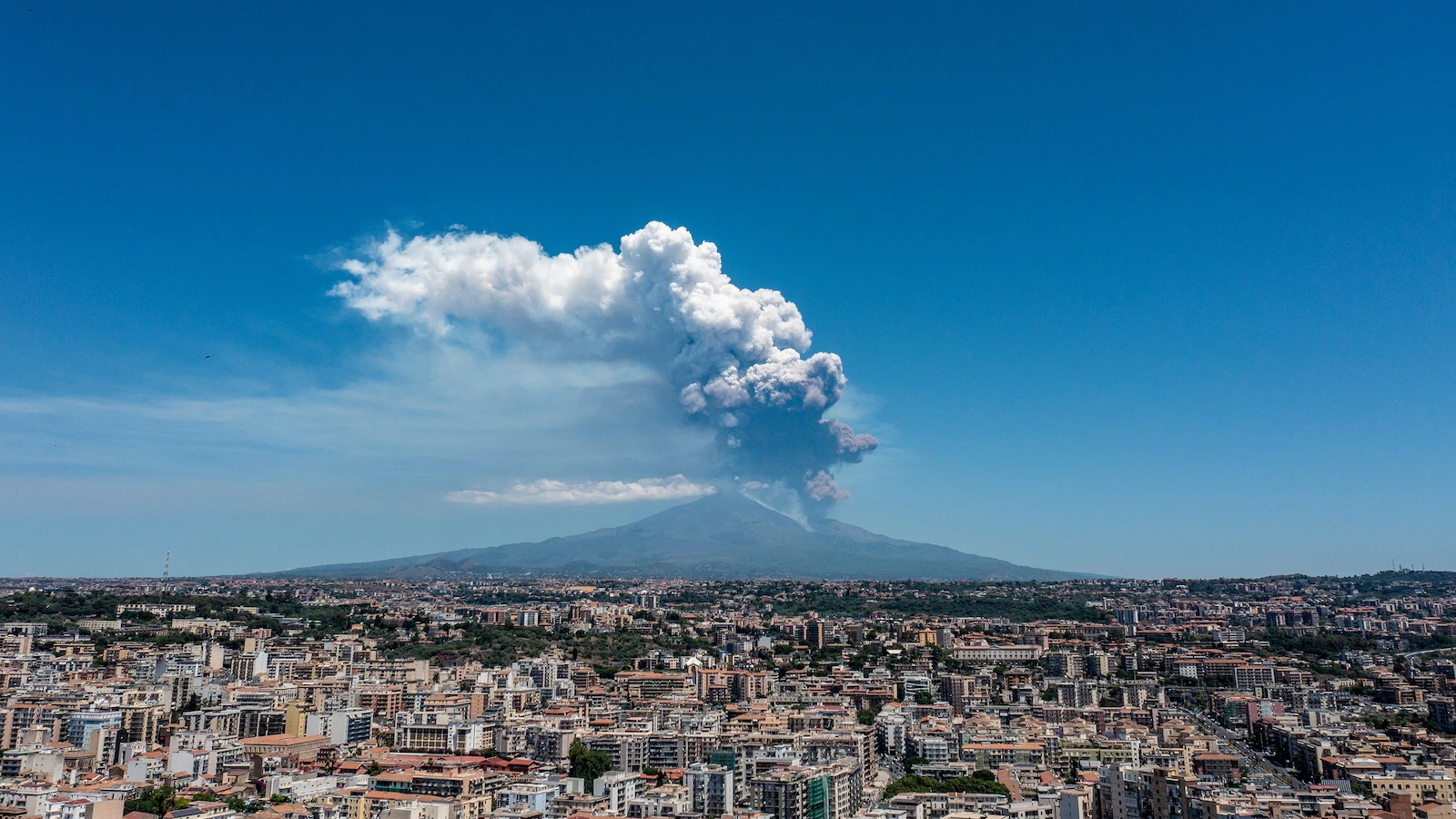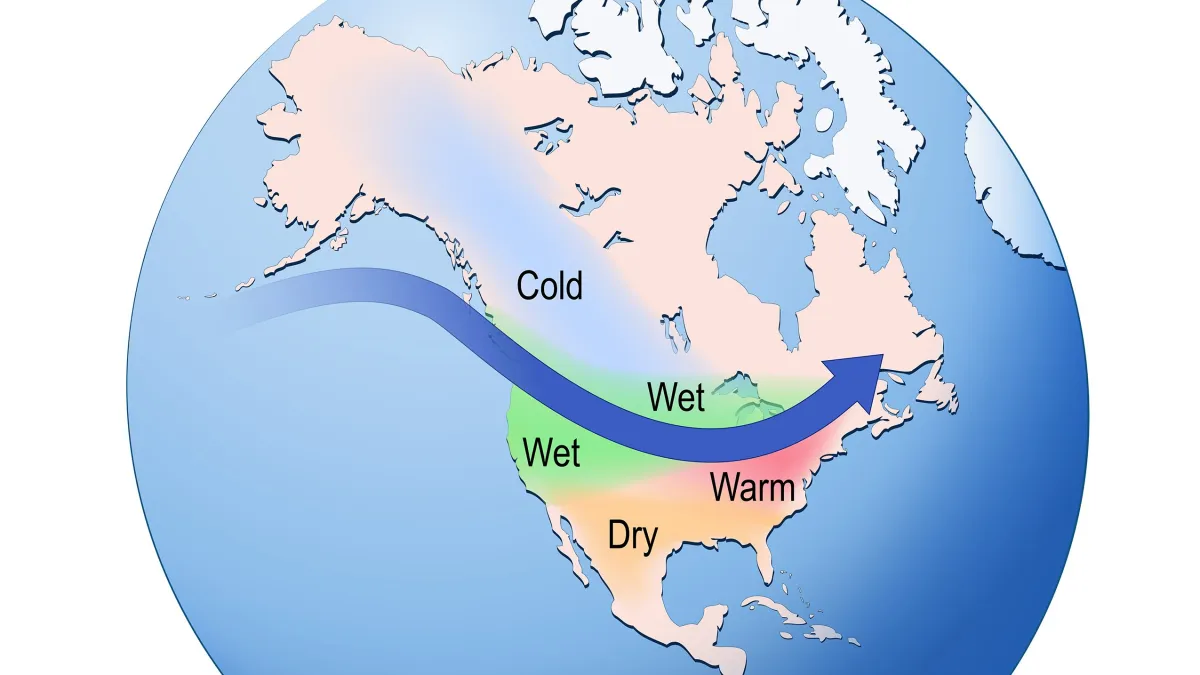Copyright ABC News

Scientists have discovered a novel way to predict the next eruption at Mount Etna, the active volcano on the Italian island of Sicily. Researchers at Italy's National Institute of Geophysics and Volcanology are monitoring signals of magma movement within the Earth's crust to detect when the next eruption at Etna is imminent, according to a paper published in Science earlier this month. By studying the b value within the Earth's crust -- a parameter that measures the ratio of low- to high-magnitude earthquakes -- volcanologists can monitor crustal stress changes and track magma as it moves from deep within the crust and rises to the summit of the volcano, according to the paper. An updated statistical model that compiled data from Etna from 2005 to 2024 found a correlation between volcanic activity and the b value, the researchers said. The correlation is so strong that b value time variations can precede any geochemical anomalies from magma ascent -- such as the release of gases like sulfur and carbon dioxide -- by a few months, which could then provide ample warning for nearby communities that a large eruption may soon occur, according to the paper. "Our results suggest that b value monitoring could have anticipated volcanic crises," the researchers wrote. Etna, Europe's largest active volcano, is monitored closely due to its proximity to the city of Catania and several other small towns. About 1 million people -- a third of Sicily's population -- live on the slopes of Mount Etna, according to NASA. The volcano is located on the eastern coast of Sicily and erupts almost continuously, according to the UNESCO World Heritage Convention. Its eruptive history traces back 500,000 years and has been documented by humans for the last 2,700 years, according to UNESCO. In 1669, lava from one of Etna's largest eruptions overran the western suburbs of Catania.



